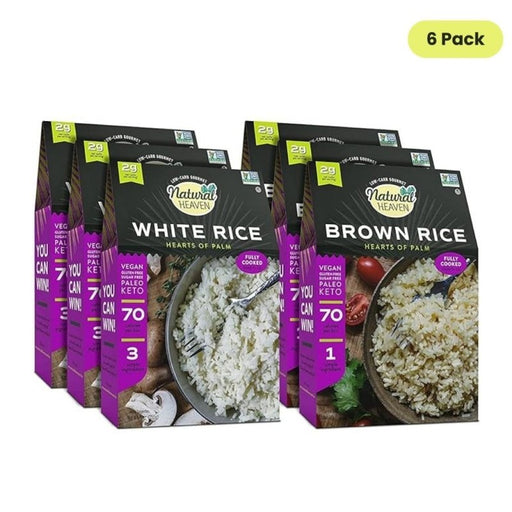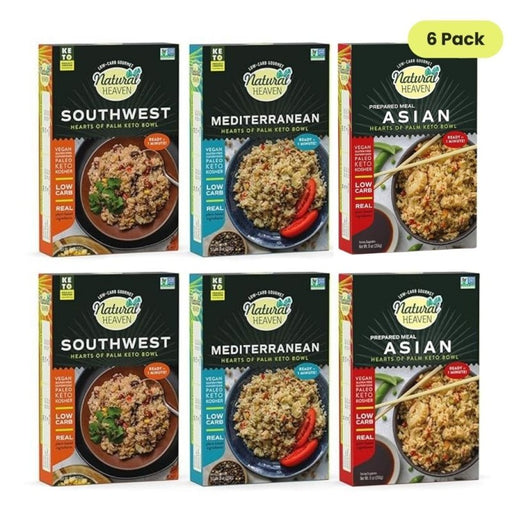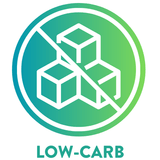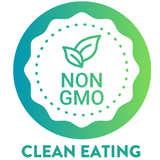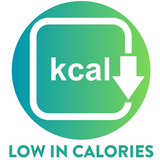Are you scrutinizing all the nutrition labels you can find to make sure you’re sticking to your diet? Or are you consulting them because you’re cutting down on carbs and fat?
Whatever the reason, reading and understanding these numbers can significantly affect your overall health and how you construct your diet.
Read on for a comprehensive guide on how to read nutrition labels.
Anatomy of Nutrition Labels
Serving Information
Serving information is often the first thing you will see on a label. It indicates how many servings are in the package and what the average serving size is. These are often standardized in cups or pieces or a metric amount in grams.
All nutritional values on the label are calculated based on this serving. This way, you can gauge your nutrition or calorie intake, depending on how much you will eat.
For example, if the serving mentions one cup, and you ate two, you’ve ingested twice the amount of calories and nutrients listed on the label.
Calories
This indicates the number of calories or amount of energy you get from each serving.
Nutrients
This is where you can see all the key nutrients in what you’re eating. It often includes fat, cholesterol, sodium, carbohydrates, protein, sugar, sodium, minerals, vitamins, calcium, iron, fiber, etc.
Percent Daily Value (%DV)
This is the percentage of the daily value for each nutrient in each food serving. These are reference amounts written in grams, milligrams, or micrograms that suggest the amount of nutrients that you should consume or not exceed in one day.
This will help you understand how much a certain nutrient contributes to your daily diet, and you can use it to determine whether what you’re eating is high or low in a specific nutrient.
For example, 5% DV or lower fiber per serving can be considered low, while 20% DV can be high. You can use this metric to calculate how many more servings—or how much more of a particular nutrient—you require through the day.
What To Look Out for on the Label
When reading a nutrition label, it’s wise to go through all the nutrients listed and their individual values. The amount indicated will help you understand how much of it you can consume.
Some of the main components you should consume in limited quantities are:
- Saturated fats
- Sodium
- Added sugars
In contrast, you should eat more foods rich in the following:
- Vitamins
- Minerals
- Dietary fiber
- Potassium
- Vitamin D
- Iron
- Calcium
Additional nutrients that you should consume in moderation include:
- Protein
- Carbohydrates
- Natural sugars
Conclusion
We’ve covered the basics you should know when reading a nutrition label. Some labels provide added information with a column for measurements on a “Per Container” basis, which covers the overall nutritional value for the whole package.
Now that you know what those numbers mean, you’re all set to make better-informed decisions about your food and health. Eat wisely so you can maintain good overall health for years to come!






